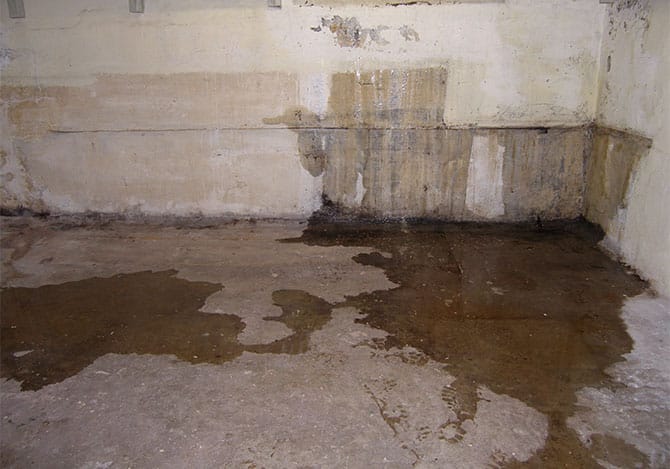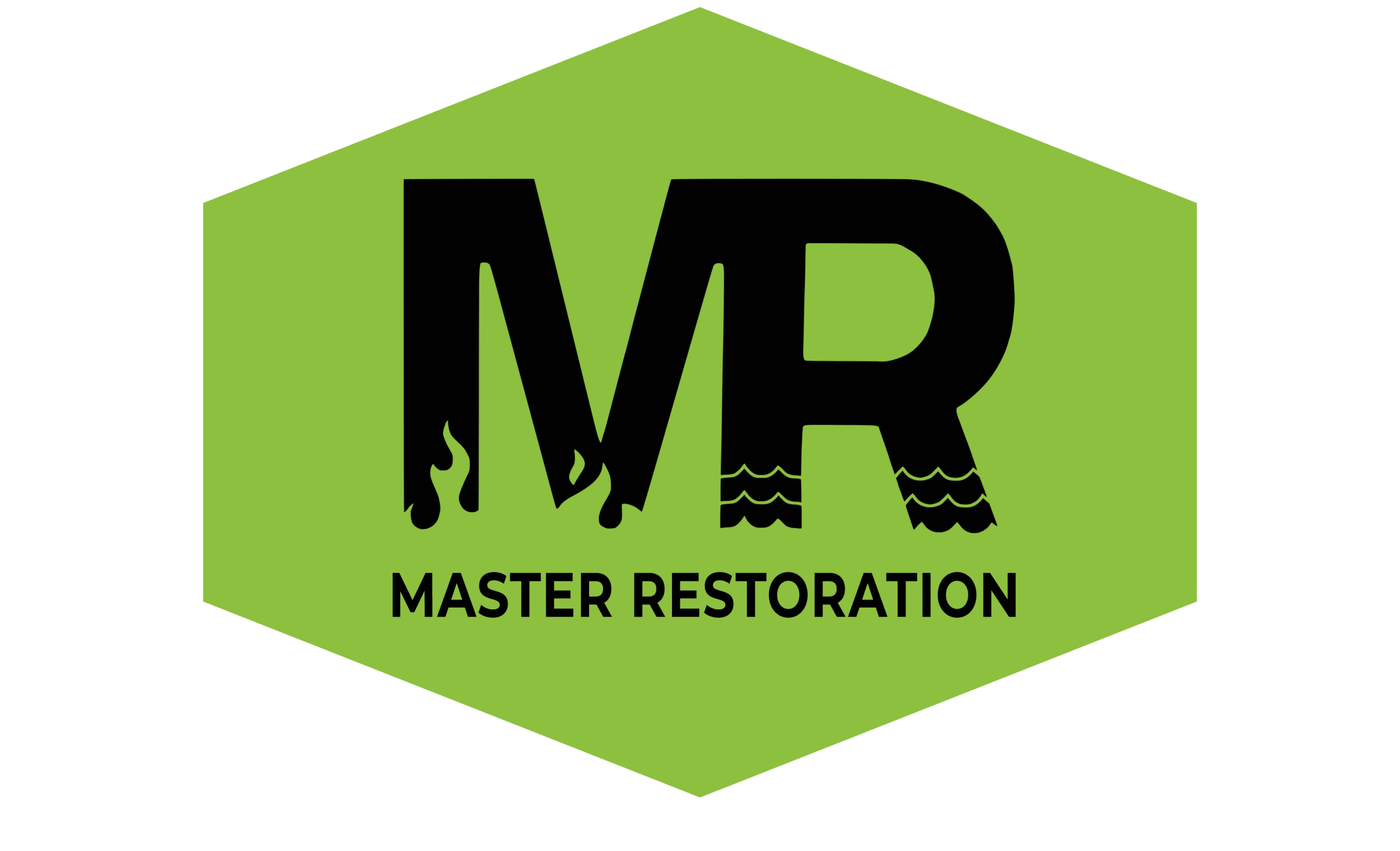
Basement Water Damage – 3 Main Indicators To Watch Out For
A flooded basement can be nerve-wracking to deal with, no matter what property you are managing. If it is a house, you and your family may get sick easily and expect plumbing issues. In the case of a commercial facility, your operations will slow down as you work around this predicament. As such, it is important to know what to look out for when it comes to possible water damage in the basement. Consider the following defining signs:
1. The foul, musty odor of mildew
Typically, you would see water that flows out of the basement as clean. It is because they would come from the roof, and the lower part of the building acts as a catchbasin, especially as heavy rainfall. The problem arises when you notice a musty, lingering smell of mildew or mold. The odor is distinctly earthy, damp, and almost swamp-like, and you can most likely smell it from further away as the weather gets warmer, like during the summer or later spring.
The musty smell is an indicator of a flooded basement, especially when you look around the common area but see no wet spots. It means the clean water became wastewater because it stayed too long in a moist, darkroom. In effect, the mildew forms and consumes waste in its surroundings, such as broken wooden furniture and food waste. You should always call a restoration company right away when you encounter this nasty odor because it can affect your health unless it is dealt with properly.
2. Molding cracks and crevices on the flooring and walls
When you undergo property inspections, one of the first things most would do is look for any hidden cracks because they would often lead to major structural issues. The same can be said when you have a flooded basement.
Even when all the water has drained away, most sneaky building owners and landlords will cover up this damage by concealing them with paint and decorative items. However, as time goes by, mold spores start to grow, leading you and others present on the property to sneeze and feel nauseous.
As such, ensure that you take an extensive check of the residential or commercial space by looking behind hard-to-access areas. In the basement, that would mean behind the stairs, door hinges, and at the back of large appliances, such as washing machines. You can identify mold when you see the following colors: black, yellow, brown, or green. It also looks fuzzy, slimy, or spot-like.
3. Efflorescence
If you pay close attention to tiny details on your property, you may spot white, chalk-like substances around the basement. Sometimes, it can even be like pronounced white lines on the walls. It is due to a contaminant called efflorescence, which is typically left behind by water.
This sign could mean negligence for property maintenance since they just allowed the water to drain naturally and not address any after-effects. Luckily, you can find local disaster restoration contractors to clean this up and restore any hidden damage.
Conclusion
You have to act fast when you find out you have water damage in your basement. Fortunately, you now know what the tell-tale signs are to ensure the disaster doesn’t gradually get worse. However, take note that time is of the essence here. Thus, act quickly by finding a local restoration company like us to assist you.
Are you in need of professional water damage restoration services in Boise? We at Master Restoration Idaho can provide you with that. We also specialize in addressing fire damage and offering mold remediation to offer property restoration solutions for homes and businesses alike. Contact our team at (208) 286-1991 or follow the step-by-step process to report your flooded basement and other related concerns.
